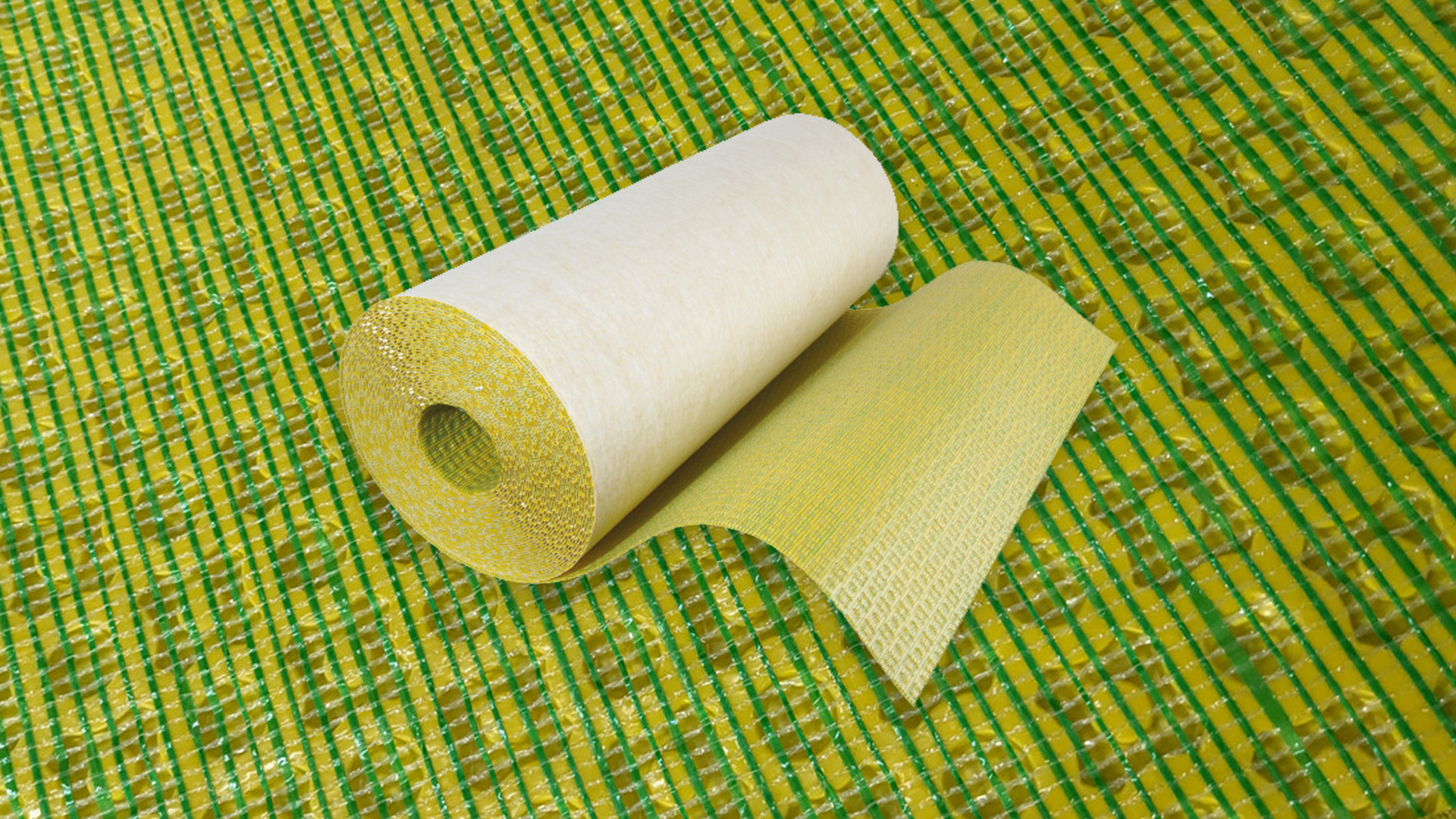Decoupling matting, also known as uncoupling membrane, is a revolutionary technology that has transformed the world of tile installations. This flexible and durable material acts as an intermediary layer between the substrate and the tile, offering several essential benefits. In this blog, we will delve into the concept of decoupling matting, its advantages, and how it enhances the stability and longevity of tile installations.
What is Decoupling Matting?
Decoupling matting is a specialized membrane made from materials like polyethylene, polypropylene, or fabric-reinforced mortar. It is designed to accommodate the movement and stresses that occur naturally within substrates, such as concrete, plywood, or cement backer boards. Unlike traditional tile installations, where tiles are directly adhered to the substrate, decoupling matting provides an uncoupling effect, allowing the tile layer to move independently of the substrate.
Advantages of Decoupling Matting:
-
Crack Isolation:
One of the most significant advantages of using decoupling matting is its ability to isolate and absorb movements caused by substrate expansion, contraction, and settling. These movements can lead to cracks in the substrate, which may then transfer to the tile layer. Decoupling matting acts as a barrier, preventing these cracks from reaching the tile surface and preserving the overall integrity of the installation.
-
Stress Distribution:
In high-stress environments, such as areas with heavy foot traffic or structural movement, decoupling matting distributes the stress evenly across the entire tile assembly. This even distribution helps prevent stress concentration points, reducing the likelihood of tile breakage and delamination.
-
Waterproofing:
Certain types of decoupling matting incorporate waterproofing properties, offering an additional layer of protection against water infiltration. This is particularly valuable in areas like bathrooms, kitchens, or outdoor installations, where water exposure is common.
-
Easy Installation:
Decoupling matting is relatively easy to install and can be used with various tile types, including ceramic, porcelain, stone, and glass. It eliminates the need for complex and time-consuming substrate preparation, saving both time and effort during the tiling process.
-
Enhancing Durability:
By reducing the direct impact of substrate movements on the tile layer, decoupling matting significantly enhances the overall durability of the installation. This ensures that your tile floor or wall remains beautiful and intact for years to come.
Installation Tips:
-
Surface Preparation:
Ensure the substrate is clean, dry, and free from any contaminants before installing the decoupling matting. Remove any dust, debris, or old adhesive to achieve the best adhesion.
-
Proper Adhesive Selection:
Use a high-quality adhesive that is recommended by the decoupling matting manufacturer. Follow the manufacturer's guidelines for application and drying time.
-
Overlapping and Sealing:
Overlap the edges of the decoupling matting by the specified amount and securely seal the seams using the recommended adhesive or tape to create a continuous barrier.
Decoupling matting is a game-changer in the world of tile installations, offering numerous advantages that ensure the longevity and stability of your tiling projects. Its ability to absorb movements, distribute stress, and even waterproof certain types makes it a valuable addition to any tiling project. By incorporating decoupling matting into your tile installations, you can achieve beautiful, long-lasting results that withstand the test of time.
Tilers Gear Decoupling Matting
Dural Durabase CI++ Decoupling Matting - 30m Roll
The DURABASE CI++ multifunctional matting system, with its 3-layer construction, offers much more than decoupling. With its crack-bridging properties and optimised shearing force protection, it allows new tiles to be laid on old and damaged tiled floors, provided that these are still load-bearing.
For fresh screed, tiles can be laid immediately as soon as the screed can be walked on. Quick and straightforward to install and offering maximum installation reliability, DURABASE CI++ is ideal for renovation projects and for laying on mineral subsurfaces which are not quite dry.
With underfloor heating, the air channels created by DURABASE CI++ quickly and evenly distribute heat below the tiled floor. DURABASE CI++ compensates for temperature-related stresses which occur in balconies and terraces. Used in combination with DURABASE WP or WPFB tape, the installation subsurface is protected from damp and the ingress of moisture.
Ultra-Thin Decoupling Mat - 30m Roll
Ultra-Thin Decoupling Mat - 30m Roll is designed for all types of floor tiling installations. Proving superior protection against substrate cracks and moisture migrations, it is ultra-thin with a thickness of under 1mm. Manufactured from two outer layers of polypropylene non-woven with one inner layer of glass filament fabric.Movement in substrates underneath is a common problem. This movement causes tension on the tiles leading to them cracking. Iso-Mat provides a layer between the substrate and tiled covering to contain the movement caused by expansion and contraction and stops it from transferring to the tiles.

